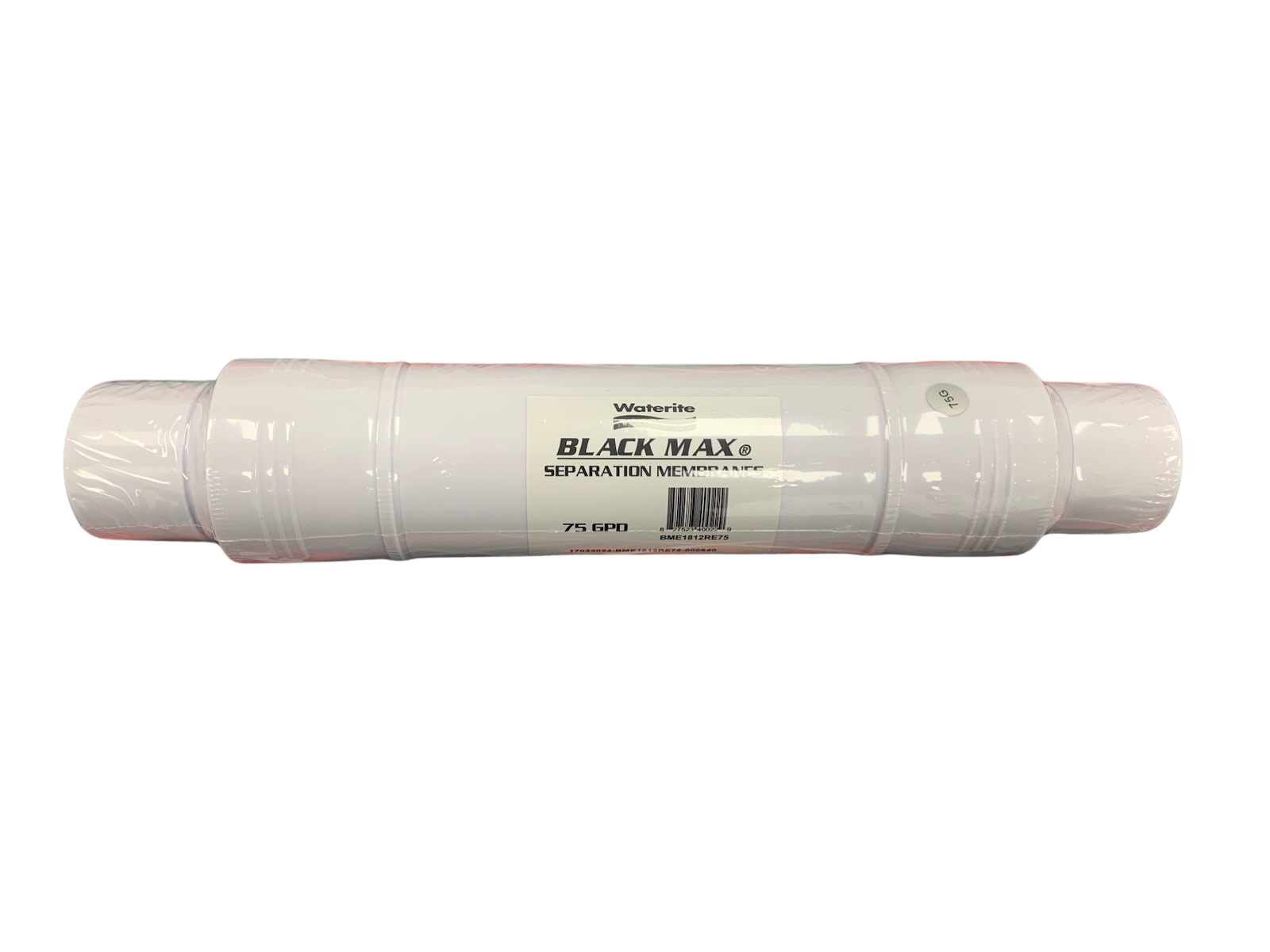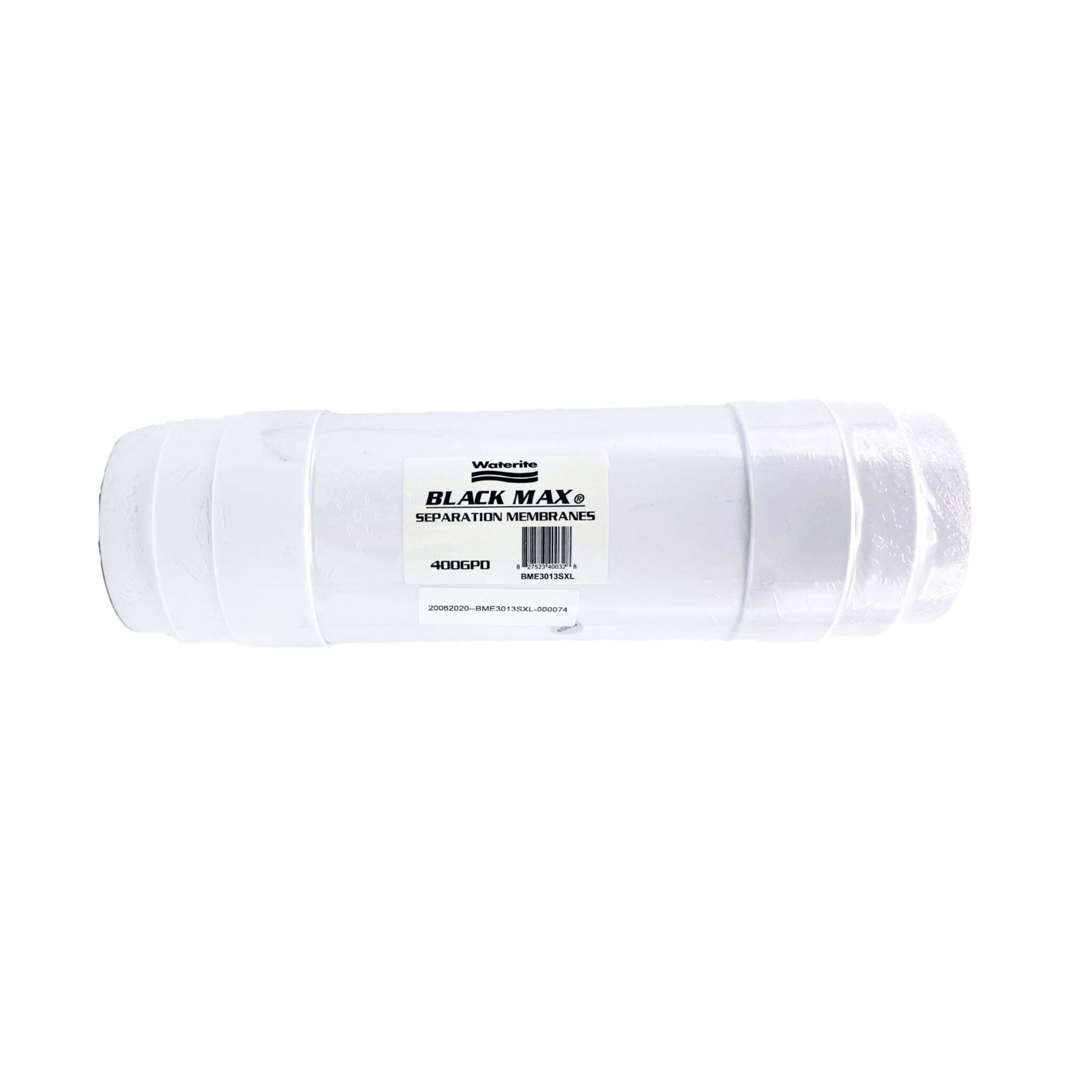Categories
- Shop All (5642)
-
-
- Hi-Vis Chainsaw Safety (14)
- Hi-Vis Coveralls and Overalls (25)
- Hi-Vis Hoodies and Shirts (49)
- Hi-Vis Jackets (35)
- Hi-Vis Pants (21)
- Hi-Vis Rain Wear (47)
- Hi-Vis Vests (51)
- Winter Hi-Vis Bombers and Parkas (25)
- Winter Hi-Vis Coveralls and Overalls (22)
- Winter Hi-Vis Hoodies (4)
- Winter Hi-Vis Pants (3)
- Winter Hi-Vis Vests (6)
-
- Bib Overalls (10)
- Bombers and Parkas (16)
- Coveralls and Overalls (18)
- Disposable Garments (12)
- Flannel and Plaid Work Shirts (20)
- Heated Work Wear (7)
- Hoodies and Sweaters (11)
- Industrial Rainwear (49)
- Pants and Shorts (60)
- Shirts and Sweaters (33)
- Thermal Underwear (37)
- Vests (17)
- Work Jackets (75)
-
-
-
-
- Brooms (2)
- Dust Mops (0)
- Dust Pans and Brushes (4)
- Flow Thru Tools (2)
- Microfiber Mops (0)
- Pool and Tank Tools (2)
- Scrubbers and Scrapers (1)
- Soap and Sanitizer Dispensers (0)
- Sprayers (1)
- Squeegees (1)
- Toilet Brushes and Plungers (3)
- Trash Cans & Bags (8)
- Wet Floor Signs (0)
- Wet Mops and Buckets (4)
-
- Bars and Prying Tools (21)
- Bolt Cutters and Shears (18)
- Chisels and Punches (9)
- Combination Hand Tool Sets (12)
- Extractors (13)
- Files (6)
- Gear Pullers (14)
- Hammers and Mallets (14)
- Hand Saws (22)
- Hex Keys (12)
- Layout and Distance Lasers (1)
- Marking Tools (1)
- Measuring Tools (26)
- Pliers (57)
- Precision Measuring and Testing Tools (24)
- Propane Torches (8)
- Screwdrivers and Nutdrivers (22)
- Sockets (66)
- Tap and Die Sets (11)
- Tool Boxes (27)
- Utility Knives (15)
- VDE Tools (7)
- Wire Cutters and Strippers (14)
- Wrenches (22)
-
- Beveling and Deburring (17)
- Curb and Valve Keys (20)
- Drilling and Tapping (12)
- Extended Impact Sockets (3)
- Flaring and Rerounding (7)
- General Pipe Working Tools (23)
- Guillotine Pipe Cutters (2)
- Hydrostatic Test Pumps (12)
- Internal Pipe Cutters (6)
- Manhole Testing (4)
- PE Peelers (8)
- Pipe Reamers (4)
- Pipe Threading (17)
- Pipe Wrenches (24)
- Plastic Pipe Joint Kits (4)
- Plastic Pipe Saws (5)
- Power Drive (13)
- Quick Release Cutters (15)
- Ratchet Shears (9)
- Ratcheting Wrenches (12)
- Rotary Cutters (3)
- Shut Off Tools (9)
- Soldering Torches (3)
- Vises (7)
-
- Angle Grinders (6)
- Batteries and Chargers (18)
- Bench Grinders (7)
- Circular Saws (3)
- Combo Tool Kits (10)
- Cordless Fans (6)
- Cordless Lighting (15)
- Cut Off Saws (4)
- Drills and Drivers (8)
- Grease Guns (3)
- Impact Drivers (5)
- Jobsite Radios and Speakers (8)
- Lifestyle (7)
- Mitre Saws (2)
- Reciprocating Saws (4)
-
- Angle Grinder Wheels and Brushes (23)
- Bench Grinder Wheels (7)
- Circular Saw Blades (11)
- Drill and Driver Bits (26)
- High Speed Gas Saw Blades (3)
- Holesaws (11)
- Impact Sockets (25)
- Jig Saw Blades (2)
- Oscillating Multi Tool Blades (1)
- Portable Chop Saw Blades (4)
- Power Tool Storage (5)
- Reciprocating Saw Blades (8)
-
-
-
-
- Air Fresheners (2)
- All Purpose Cleaners (19)
- Bowl and Washroom (8)
- Coffee and Breakroom (19)
- Degreasers (3)
- Dishwashing (4)
- Disinfectants and Sanitizers (1)
- Drain Openers (7)
- Hand Cleaners (10)
- Laundry Cleaners (10)
- Paper Products and Wiper Rags (24)
- Scale Removers (4)
- Urinal Pucks and Liquids (5)
- Wet Wipes (2)
-
-
- Ball Valves (13)
- Black and Galvanized Steel Fittings (16)
- Bronze Pipe Fittings and Nipples (13)
- Butterfly Valves (4)
- Check Valves (18)
- Flexible Connectors (4)
- Gate and Globe Valves (5)
- Knife Gate Valves (9)
- Pipe Fitting Accessories (4)
- Schedule 80 PVC Fittings (27)
- Stainless Steel Fittings and Valves (24)
- Victaulic Grooved Fittings (23)


Reverse Osmosis Membranes
3 products
Showing 1 - 3 of 3 products


Understanding Reverse Osmosis Membranes in Water Filtration
Reverse osmosis (RO) membranes are semi-permeable barriers essential to modern water filtration, effectively removing up to 99% of dissolved solids, heavy metals, bacteria, and viruses. By applying pressure, RO systems force water through membranes with microscopic pores, allowing only water molecules to pass while rejecting contaminants, which are then discharged as waste. These membranes are widely used in municipal desalination, food and beverage processing, pharmaceuticals, aquariums, hydroponics, and industrial applications. RO systems can be scaled for higher efficiency, achieving water recovery rates of up to 80% and producing high-purity water with significantly reduced total dissolved solids.
What Are the Advantages of Using RO Membranes?
High Purity Output: Produces clean, safe, and great-tasting drinking water.
Wide Application Range: Suitable for residential, commercial, industrial, and specialized uses (e.g., aquariums).
Conservation-Friendly: Recovers usable water and reduces waste with proper system design.
Low Maintenance: With appropriate pre-treatment and routine flushing, the systems operate efficiently with minimal intervention.
Explore RO Membranes at Our Canadian Warehouse
Replacement Cartridge Kit for Vectapure NX™ Systems
The Replacement Cartridge Kit for Vectapure NX™ Systems is compatible with both 75 GPD and 400 GPD models, including RO453H, RO4153H, RO405400NX, and RO405400TNX reverse osmosis systems. It includes two Coconut Carbon Block Filter Cartridges (CBC5CT03), one Sediment Filter Cartridge (PP1005NX), and one Inline Carbon Filter Cartridge (AIC10EZ).
Black Max® Encapsulated Reverse Osmosis Membrane Elements for Vectapure NX™ Systems
The Black Max® Encapsulated Reverse Osmosis Membrane Elements for Vectapure NX™ Systems are designed for use with Waterite's Vectapure NX™ Systems and are also compatible with the Vectapure™ RSX II System. It features a 1/4" stem connection.
Black Max® Reverse Osmosis Spiral Wound Membranes for Vectapure RSX II Commercial RO System
The Black Max® Reverse Osmosis Spiral Wound Membranes for Vectapure RSX II Commercial RO System is a high-performance replacement component for Vectapure RSX II Commercial RO Systems, specifically the RSX350 model. Designed for commercial drinking water applications, it operates efficiently at both extra low pressure (150 PSI) and standard pressure (225 PSI). Each membrane fits 350 GPD systems, while two are required for 700 GPD systems.
FAQs
1. Can bacteria grow on or inside a reverse osmosis membrane over time?
Yes, bacteria can colonize the surface or interior of an RO membrane if the system is not sanitized regularly or left unused for long periods. Although the membrane blocks most microorganisms, stagnant water and organic matter buildup can create a breeding ground, which is why periodic cleaning and flushing are essential for hygiene.
2. Why is water pressure so important for reverse osmosis membranes to work properly?
Reverse osmosis relies on pressure to push water molecules through the membrane, leaving contaminants behind. If the pressure is too low (typically below 40 psi), the system becomes inefficient, producing less clean water and more waste. Ideal pressure (around 60–80 psi) ensures optimal performance, especially for homes with high TDS levels.
3. What happens if you use a reverse osmosis membrane beyond its recommended lifespan?
Using an old RO membrane can lead to poor water quality, slower filtration rates, and higher rejection of only some contaminants. Over time, the membrane becomes clogged or degraded, allowing impurities to pass through and causing TDS levels in the filtered water to rise. Regular testing can help identify when it’s time for a replacement.
4. Is it safe to drink water filtered only through a reverse osmosis membrane?
Yes, water filtered through an RO membrane is safe to drink, though it lacks minerals like calcium and magnesium. Some people prefer adding a remineralization filter to improve taste and restore some essential minerals. Without this stage, RO water is still extremely clean and often used for medical, industrial, and food-grade applications.
5. Can an RO membrane remove microplastics and pharmaceutical residues from water?
Yes, RO membranes are capable of removing microplastics and many pharmaceutical compounds due to their extremely fine pore size. While not all pharmaceuticals are removed 100%, RO offers one of the most effective methods currently available to reduce trace contaminants that pass through conventional filters.






